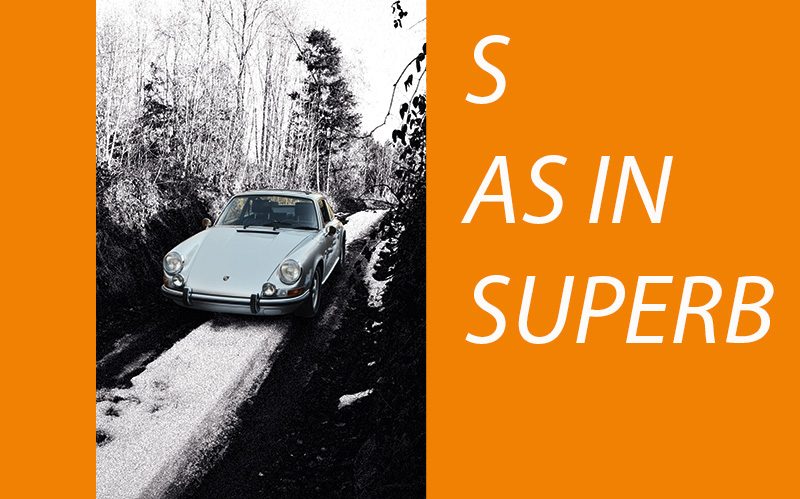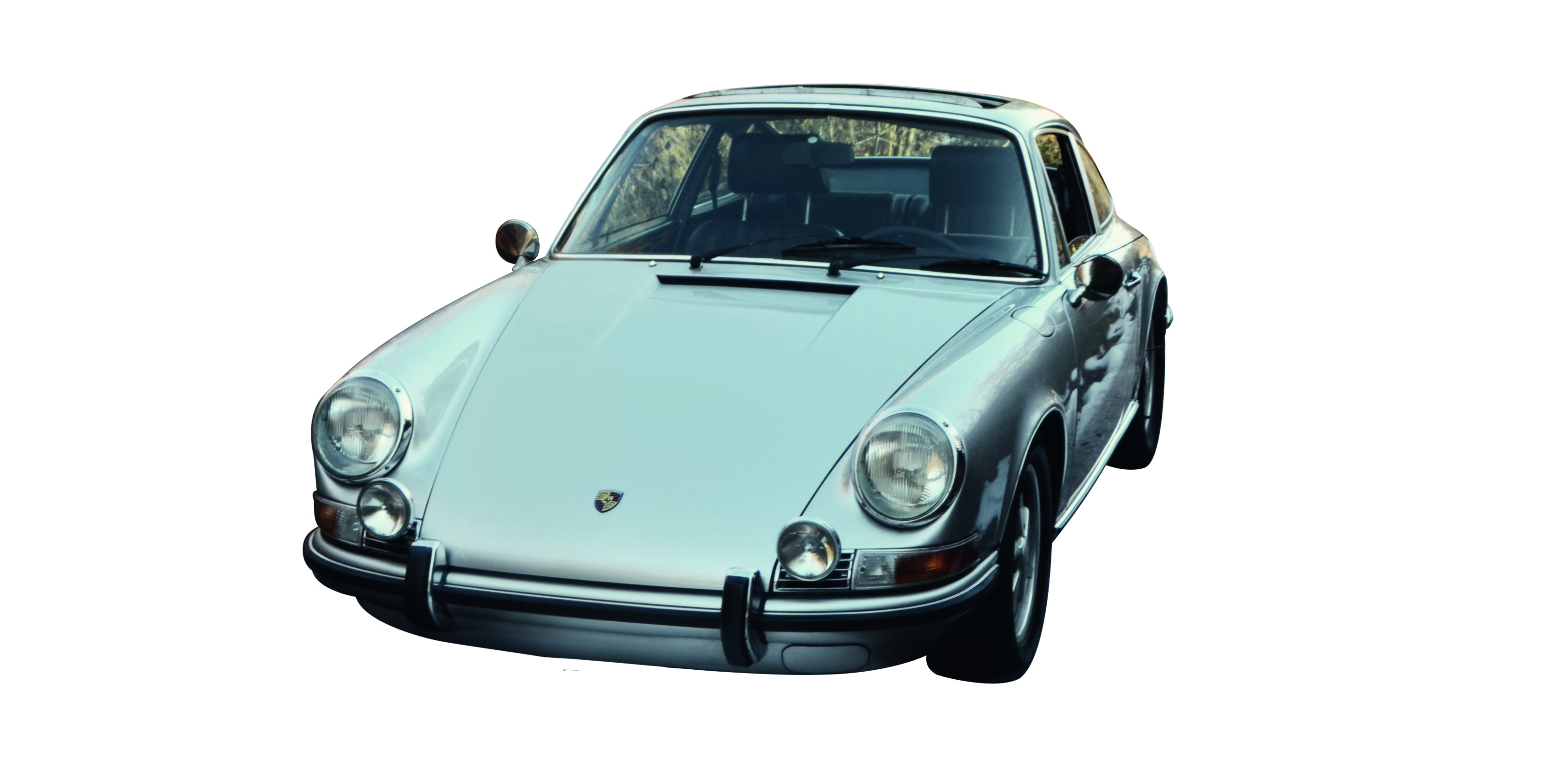
S as in ‘superb’
50 years ago, Porsche added a letter to the name of its sportscar of the century: a T, an E, in some cases L or S. The latter is the one that makes the difference. There is the Porsche 911, and there is the ‘S’. Porsche 911 S – an attempt to put a myth into words.
BY WOLFGANG HUMER
Things were happening in the world in 1971. Tobacco advertising was banned in the USA. Women in Switzerland were allowed to vote, Austria picked Bruno Kreisky as its Chancellor, and in the GDR Erich Honecker made himself First Secretary of the Central Committee. Rolls-Royce filed for bankruptcy in England, and the Soviets sent the first space shuttle into orbit. Joe Frazier beat Muhammed Ali in New York, and John Lennon sang ‘Imagine’. In Stuttgart, Porsche won both major classes in the sports car world championships for the third time in a row. And in Salzburg, a hotelier from Gastein bought a demonstration car.
It was not just any car. It was a 2.2-litre Porsche 911 S. S as in superb; and simply the greatest and fastest of feelings that Porsche had up its sleeve at the time for mere mortals with sporting ambitions. The RS had not yet been born, and proper racing cars were reserved for true experts in miniscule quantities. One hundred and eighty horse power to move no more than a thousand kilograms were nothing short of a declaration of war – both to the competition and to the talents of quite a few drivers. That is certainly one of the reasons why the already limited run of 1,740 S convertibles has suffered dramatically to this day.
The silver Gastein coupé was one of the last of its kind, rolling off the line in July 1971. Only 27 more would be made before production shut down at the end of the month.
In September, after the obligatory holiday month at the plant, the new 2.4 arrived with a performance improved by 10 HP, 150 ccm more displacement and a new transmission. Hardliners among Porsche aficionados however prefer the 2.2. Its successor may be better on paper in several regards, but the old 2.2 exudes the flair of racing rather than motorway – with considerably higher compression, its first gear positioned where it should be in a racing car (on the back left), and a screech in its sound that makes your flesh crawl. And its successor? Well, it had a flap on the back right wing which caused plenty of annoyance at filling stations. But that’s another story …
Our S features rather interesting equipment, indicating that the original buyer chose the 2.2. because of his sporting ambitions. The driver’s seat is a sports seat, while the standard passenger seat offers Little in the way of lateral support. Electric windows allow the driver to open the right-hand window without assistance. And because air conditioning and a passenger add weight (and the former even affects performance) a sliding roof provides some relief when sweat begins to pour in the cockpit. The sporty note is completed by additional headlamps at the front, and no radio disturbs the sound of the engine.
There are reams of books explaining the fascination of Porsche, enough to fill entire libraries. But whatever you may think of the brand: be honest, could you look away if an old 911 came your way? Exactly! And once you get in and nervously shift gears at 7,000 revs, you will no longer need a book to understand. Quite simple.
Wolfgang Humer heads the Department of Classic Cars at Dorotheum.














